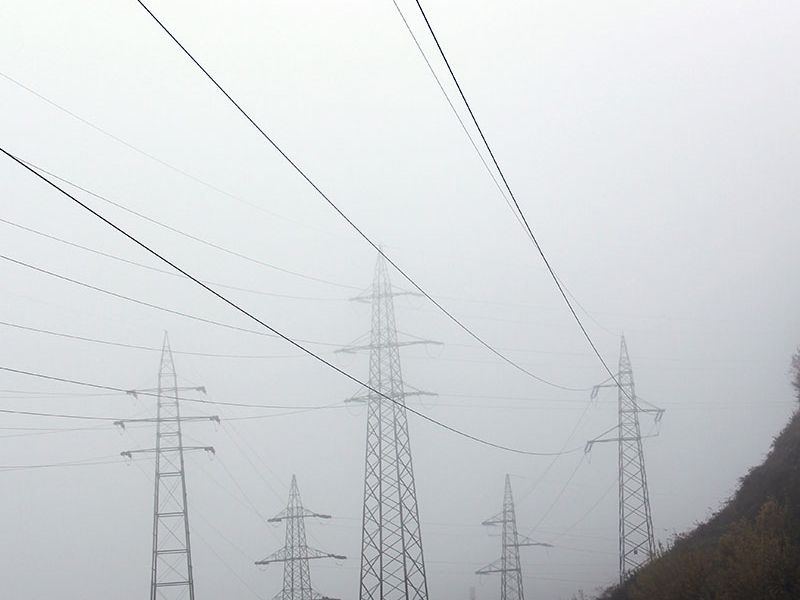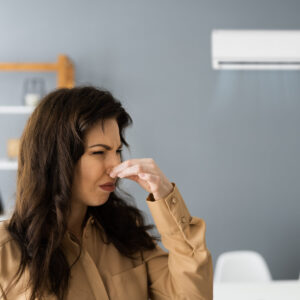How many of these mold myths do you believe?

Myth #1 If I had mold in my house I would see it
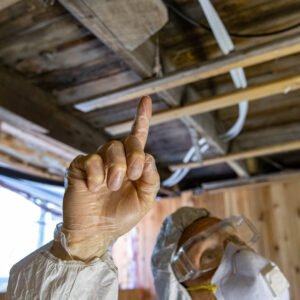 Molds prefer to grow in dark places with little air flow like behind the wall, underneath cabinetry, underneath hardwood floors, inside the furnace, etc. It’s impossible to see mold in these places.
Molds prefer to grow in dark places with little air flow like behind the wall, underneath cabinetry, underneath hardwood floors, inside the furnace, etc. It’s impossible to see mold in these places.
Myth #2 If I had mold in my house I would smell it.
The musty smell we associate with mold is produced when molds are actively feeding and digesting. During that phase. they produce a gas called Microbial Volatile Organic Compounds or MVOCs. Some MVOCs are not perceptible so they could easily be missed. Once the area dries, molds stop feeding and no longer produce the gas so there is no smell however, the mold is still there, drying up and becoming more volatile, more likely to become airborne and travel in air spaces.
Ozone has its place, for example to disinfect kitchen surfaces or remove odors once the source is gone. However, studies have shown that it’s never 100% effective on mold and mycotoxins. The goal with mold is removal not “killing”. Mycotoxins are not an organism they are a chemical, no need to kill chemicals but they should be removed.
Myth #4 The EPA says there is no need to test so I don’t need a mold inspection.
The EPA is referring to testing visible mold, of course everyone knows mold should be removed, no need to test. But if you clean up only the mold you can see, there is a very high chance that you’ll miss some. For example, your dishwasher leaked and you cleaned the area underneath and in front of it but testing may show mold is also growing underneath your kitchen cabinets on both sides, underneath the flooring, in the wall behind the dishwasher and in the basement ceiling below. It all depends on where the water travelled and a mold inspector who tests cavities is your best bet. 
Myth #5 Mold is everywhere so finding mold in someone’s house is not a big deal
Yes there are common, harmless mold everywhere. What a mold professional does is look for water-damage molds that are toxigenic and allergenic, which means molds capable of producing toxic substances or allergens/inflammatory compounds. A mold professional is trained to recognize the difference.
Myth #6 I’m sick but nobody else is, so it’s probably not mold
Approximately 25% of the population has a genetic deficiency in the HLA-DR gene on chromosome 6. Missing HLA genes or a deficiency in function of these genes makes those individuals at risk when exposed to mold. This is why in a household of 4, only 1 or 2 may be sick. In addition, more than 40% of the population is sensitive to mold in some form but many don’t know it. Who would think that trouble sleeping, nightmares, urinary issues, memory loss, irritability and anger could be related to mold exposure??! Also, individuals with Autism spectrum disorder (ASD), Lyme Disease, Mast Cell Activation or PANDAS (Pediatric Autoimmune Neuropsychiatric Disorders Associated with Streptococcal Infections) are very sensitive to mold and can have severe reactions when exposed to mold, immediate or delayed. For example, one of our clients said that his child (diagnosed with PANDAS) would start screaming for no reason when entering his playroom in the basement which was later found to be infested with Stachybotrys and Chaetomium molds.
Myth #7 If I buy a newer house or build a house, I won’t have a mold problem
In more than 20 years of inspecting well over 5,000 homes for mold, I only found a handful of them that didn’t have a mold issue somewhere. We have found mold in brand new apartments, condos, multi-million dollar homes, etc. Flooding happens during construction, rain happens during construction, plumbing errors happen during construction…We even find mold in walls of newly renovated bathrooms and kitchens because the renovation crew never noticed they were disturbing toxic mold and they just swept debris in the wall cavity before installing the new drywall!
Myth #8 Air samples will tell me if I have mold in my walls
Unfortunately it’s not that simple. Again, 20+ years of testing and tens of thousands of air samples have shown repeatedly that an air sample taken in a room will not detect mold behind the wall. The wall cavity itself has to be tested.
 Myth #9 Fogging gets rid of mold
Myth #9 Fogging gets rid of mold
Fogging has become “a thing” lately. It’s much cheaper than typical mold removal and seems like a magic pill. Problem is, it doesn’t remove mold. Fogging will cause airborne particles to get wet and heavy so they will fall and land on surfaces where they can be wiped off but mold growth is not removed by fogging. Even if the fog could reach inside walls, it would only reach the top layer of mold. Extensive field testing has shown no reduction of mold counts and no direct effect on mold inside wall cavities, under vanities, inside the furnace, etc.
Myth #10 Once a house is infested with mold, you have to throw away everything
There are plenty of stories on social media of people who felt they had to leave everything behind after a water incident. There are many reasons for this. In some cases, the testing was incomplete and didn’t find ALL the mold, in some remediation was inadequate and left too many mold fragments or mycotoxins behind, in others, the person didn’t clean the house enough after remediation. There are a few cases where the person was poisoned so severely by mold that they may never be symptoms free in the home but these cases are very rare. With proper remediation and post remediation cleaning, a house can be perfectly safe and most folks do fine in their house afterwards. Some items may need to be discarded if mold grew on them or if the surface was porous and affected. Testing of furnishings is key to find out what to keep and what to discard.
Related Posts
Critical Alert: Nashville Commercial Air Quality Issues Could Be Costing You More Than You Think

Breathe Easier: Why a Nashville Air Quality Test Could Transform Your Health
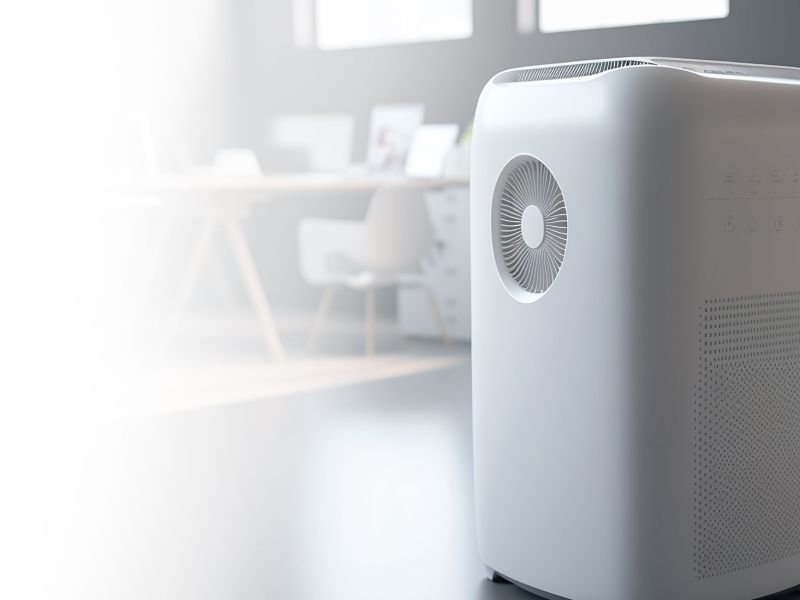
Worried About Mold? Nashville Mold Testing Can Give You Peace of Complete Mind
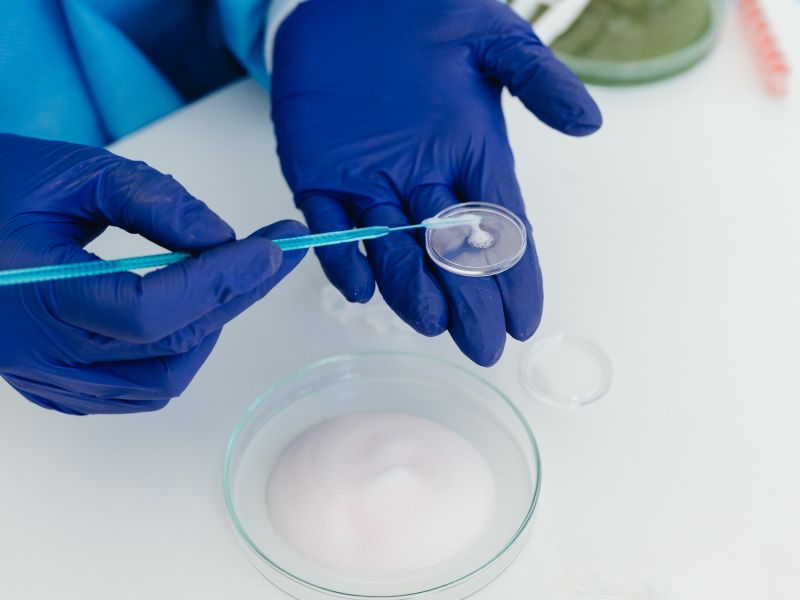
Nashville Mold Inspection Guide: Discover the Alarming Signs You Can’t Ignore
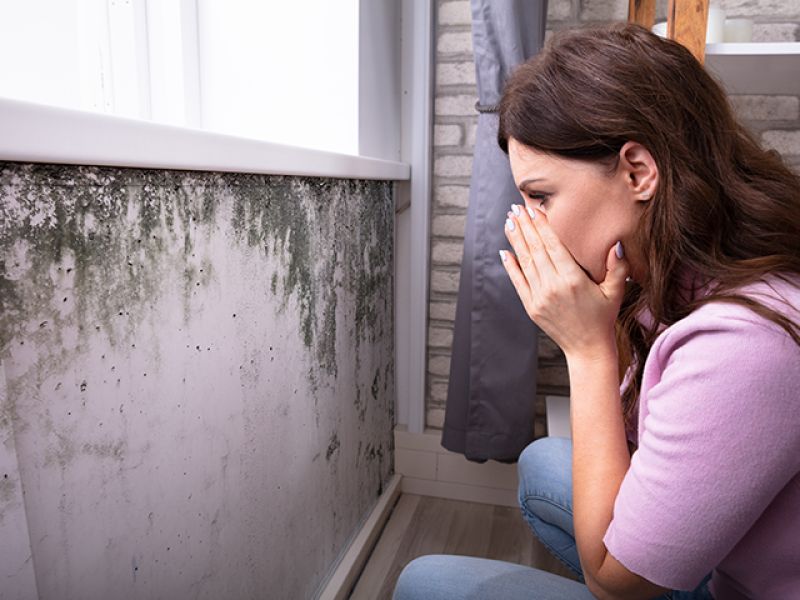
Hidden Dangers? Why Nashville EMF Testing Is Gaining Urgent Attention
